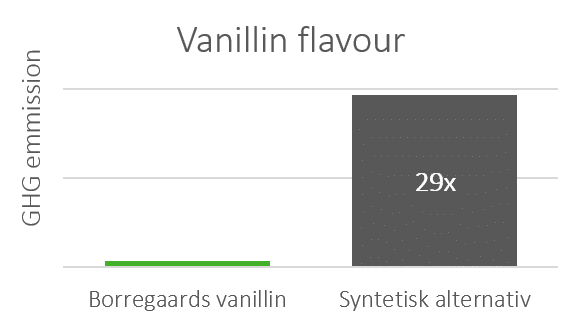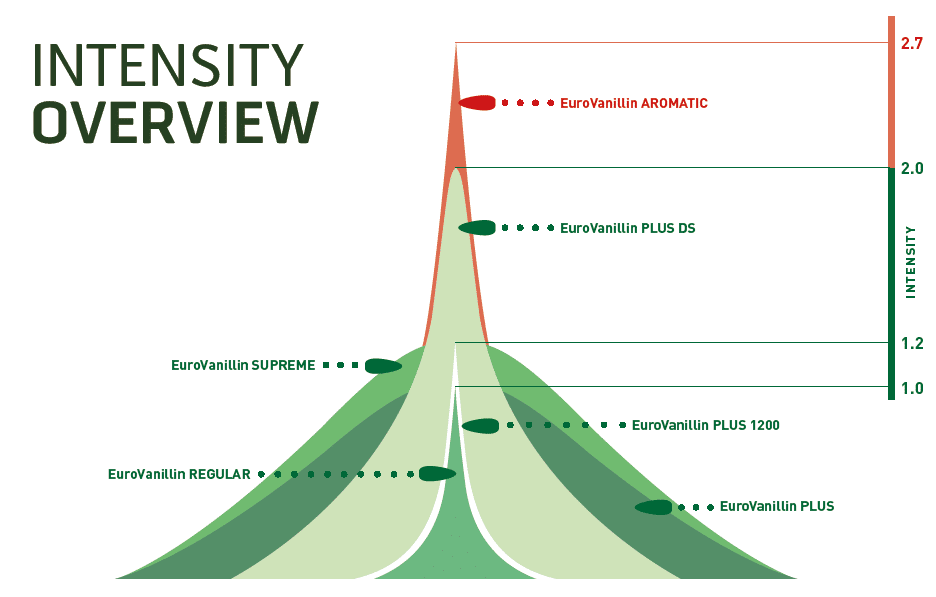19th May 2021
For World Meditation Day on May 21st, we are recommending the best essential oils that will put you in the right mood.

31st March 2021
This may be the time of year when chocolate is on everyone’s mind however let’s spare a thought for sustainable vanillin, a synthetic substitute for natural vanilla – a worldwide leading food flavour.
Subject to climatic changes in limited regions (Madagascar, Indonesia, Papua New Guinea and India), prices for natural vanilla have rocketed in recent years. In addition, demand from newer consumers (primarily in China and Brazil) and crime committed towards vanilla farmers leads to a growing call for ethical substitutes for this lucrative bean.
From Norway comes the answer. Founded in 1889 as a paper mill, Borregaard are now the world’s leading bio-refinery and are the only producer of vanillin made from wood.
Created from natural, renewable raw material derived from Norwegian spruce, their vanillin differs from other competitive vanillins derived from unsustainable petrochemical precursors.
For instance, 99% of Borregaard’s energy supply is from hydropower. They ensure sustainable water consumption with their own water purification plant. As a result, Borregaard offer environmentally-friendly alternatives with an efficacy to match.
Borregaard’s broad portfolio of vanillin products include single component products (EuroVanillin Pure), blended products (EuroVanillin Plus), and products tailor-made for a specific end use (EuroVanillin Expert).
In this range, EuroVanillin Supreme has the lowest CO2 production footprint not to mention superior taste. In other words, it is considered the closest to natural vanilla. To illustrate this, the Greenhouse Gas Emission chart on the right shows the traditional production of oil-based vanillin to be 29x higher.
Requiring a lower dosage (and cost savings!) is ethyl vanillin made from Guethol. To clarify, ethyl vanillin is an artificial molecule vs. vanillin which is found in nature. Having a stronger note, it is an intense food flavouring. In fragrances, it performs as a sweetener and fixative.

This range of vanillin flavours is based on EuroVanillin Supreme.
• Eurovanillin Plus 1200 is approximately 20% stronger than guaiacol-based vanillin.
• Eurovanillin Plus DS is a double-strength vanillin flavour. Food producers can replace 2 kg of guaiacol-based vanillin with 1 kg EuroVanillin Plus DS for the same result.

Suitable for use in chocolate, confectionary and dairy products, EuroVanillin Expert goes beyond vanillin!
• EuroVanillin Chocolate is specifically designed for products that contain chocolate. It masks the bitterness of cocoa perfectly and promotes a chocolatey taste.
• EuroVanillin Bakery was developed for use in sweet bakery products like biscuits, cakes and wafers and tempers their fattiness.
• EuroVanillin Dairy enhances the freshness and creaminess of milk and ice cream.
• EuroVanillin Sweets rounds off the sweet and fruity tastes of confectionary.
• EuroVanillin Borrebon has a 1:1 intensity vs standard vanillin. This is to be applied dry in food applications.
In short, whatever application you require, there is a vanillin or ethyl vanillin to suit – not forgetting specially adapted blends.
As part of The Stort Group, we are pleased to offer products from Borregaard – just one example of our diverse portfolio of flavour and fragrance ingredients. Please contact our sales team today for more information!
Feature photo credit: Minna Autio on Unsplash